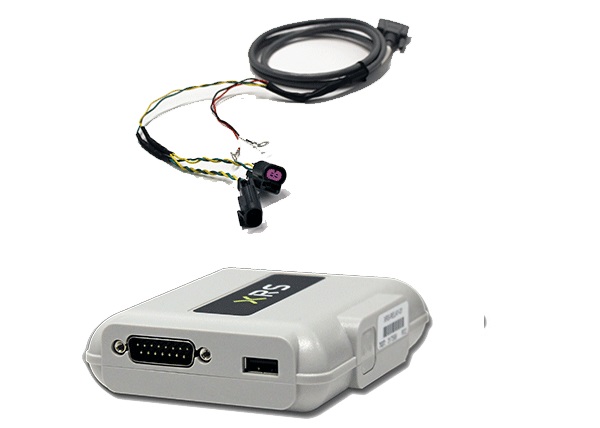
- Internet of Things Tutorial
- Internet of Things - Home
- Internet of Things - Overview
- Internet of Things - Hardware
- Internet of Things - Software
- IoT - Technology & Protocols
- Internet of Things - Common Uses
- Media, Marketing, & Advertising
- IoT - Environmental Monitoring
- IoT - Manufacturing Applications
- IoT - Energy Applications
- IoT - Healthcare Applications
- IoT - Building/Housing Applications
- IoT - Transportation Applications
- IoT - Education Applications
- IoT - Government Applications
- IoT - Law Enforcement Applications
- IoT - Consumer Applications
- IoT - Thingworx
- IoT - CISCO Virtualized Packet Zone
- IoT - Salesforce
- IoT - GE Predix
- IoT - Eclipse
- IoT - Contiki
- IoT - Security
- IoT - Identity Protection
- IoT - Liability
- Internet of Things Useful Resources
- Internet of Things - Quick Guide
- Internet of Things - Resources
- Internet of Things - Discussion
IoT - Manufacturing Applications
Manufacturing technology currently in use exploits standard technology along with modern distribution and analytics. IoT introduces deeper integration and more powerful analytics. This opens the world of manufacturing in a way never seen before, as organizations become fullydeveloped for product delivery rather than a global network of suppliers, makers, and distributors loosely tied together.
Intelligent Product Enhancements
Much like IoT in content delivery, IoT in manufacturing allows richer insight in real-time. This dramatically reduces the time and resources devoted to this one area, which traditionally requires heavy market research before, during, and well after the products hit the market.
IoT also reduces the risks associated with launching new or modified products because it provides more reliable and detailed information. The information comes directly from market use and buyers rather than assorted sources of varied credibility.
Dynamic Response to Market Demands
Supplying the market requires maintaining a certain balance impacted by a number of factors such as economy state, sales performance, season, supplier status, manufacturing facility status, distribution status, and more. The expenses associated with supply present unique challenges given today's global partners. The associated potential or real losses can dramatically impact business and future decisions.
IoT manages these areas through ensuring fine details are managed more at the system level rather than through human evaluations and decisions. An IoT system can better assess and control the supply chain (with most products), whether demands are high or low.
Lower Costs, Optimized Resource Use, and Waste Reduction
IoT offers a replacement for traditional labor and tools in a production facility and in the overall chain which cuts many previously unavoidable costs; for example, maintenance checks or tests traditionally requiring human labor can be performed remotely with instruments and sensors of an IoT system.
IoT also enhances operation analytics to optimize resource use and labor, and eliminate various types of waste, e.g., energy and materials. It analyzes the entire process from the source point to its end, not just the process at one point in a particular facility, which allows improvement to have a more substantial impact. It essentially reduces waste throughout the network, and returns those savings throughout.

This XRS relay box connects all truck devices (e.g., diagnostics and driver cell) to the XRS fleet management supporting software, which allows data collection.
Improved Facility Safety
A typical facility suffers from a number of health and safety hazards due to risks posed by processes, equipment, and product handling. IoT aids in better control and visibility. Its monitoring extends throughout the network of devices for not only performance, but for dangerous malfunctions and usage. It aids (or performs) analysis and repair, or correction, of critical flaws.
Product Safety
Even the most sophisticated system cannot avoid malfunctions, nonconforming product, and other hazards finding their way to market. Sometimes these incidents have nothing to do with the manufacturing process, and result from unknown conflicts.
In manufacturing, IoT helps in avoiding recalls and controlling nonconforming or dangerous product distribution. Its high level of visibility, control, and integration can better contain any issues that appear.